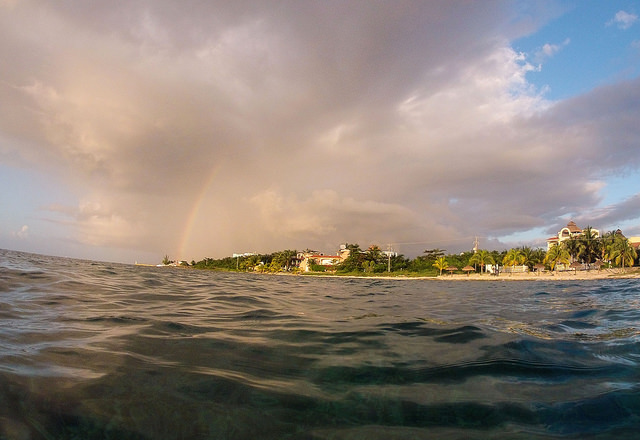Here in Bali, there is a site called Gili Selang. It is just off the coast and is at the entrance to the Lombok Strait. This is a site that the locals refuse to dive. The currents here can be very strong. They can even split into two with a normal current pushing out into open ocean splitting as it goes over a wall. So an out and a down current. I admit, I find it to be fun. You never know what you will get at that site. From ripping currents the whole dive to none at all. Or in the case of my first dive there, zero current until you turn the corner and find yourself in a **** show of a washing machine. We grabbed the rocks and sounds of laughter could be heard, I think partially due to the shock of how it changed so quickly. We climbed around the next corner which had zero current.
But in the face of a true down current, I am swimming away from the wall, or perpendicular to the current.
Are the currents in the strait wind-driven primarily? (I understand in other tropical locations they are.)
Or tidal?
Thankfully for me our currents are primarily tidal and thus at least somewhat predictable. The two hairy situations I've gotten into in my home waters were due to my own error in one case and bad advice from a person that knew the site better than I did in the other case.
The idea that I can't reliably predict what the current will be doing on a given day and time freaks me out a little bit. From what I understand, that's the case in Hawai'i and perhaps also Cozumel?






